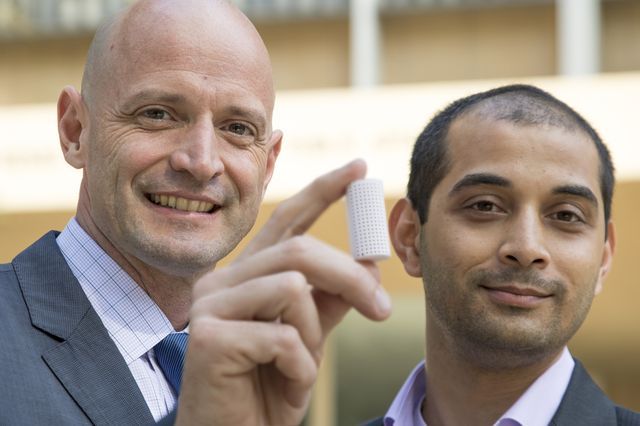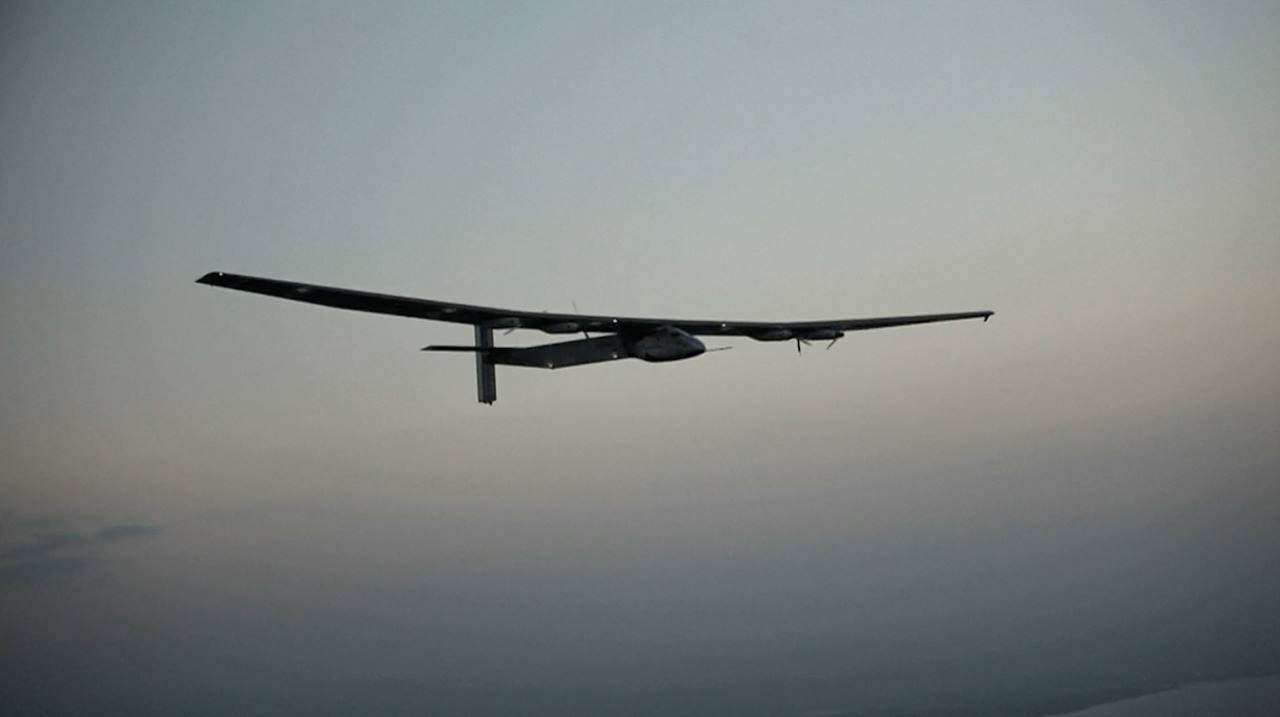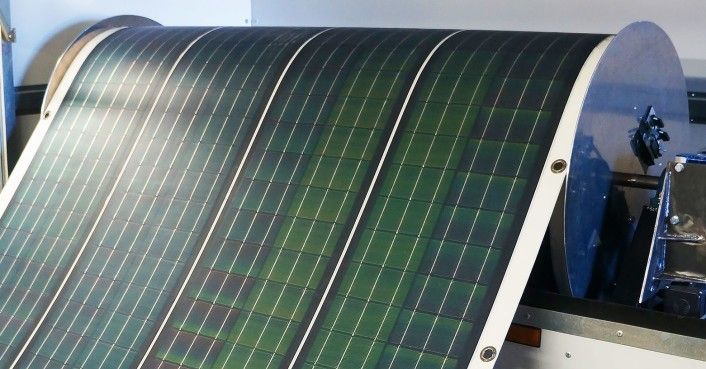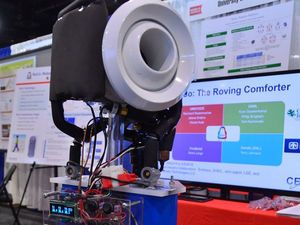Cape Coral, FL-based Ecological Laboratories Inc. has received organic certification for Quantum Light, its flagship beneficial bacteria product specifically formulated to improve soil biodiversity and increase crop yields. With this certification, Ecological can now support the rapidly growing organic farming and lawn care markets with its all-natural product technologies.
“Our objective continues to be the development of products focused on improving crop yields which at the same time contribute to the protection of farms, and the land and water surrounding them,” said Alan Schatten, chief operating officer of Ecological. “This certification is the first of many steps we intend to take to further our mission.”
“Our technology platform, which has been used to solve environmental problems worldwide for over 40 years, continues to grow and improve,” said Delvia Lukito, assistant vice president of research, development and laboratory operations. “Our team will continue to focus its efforts on developing products to support the good work being carried out by the organic farming community.”








